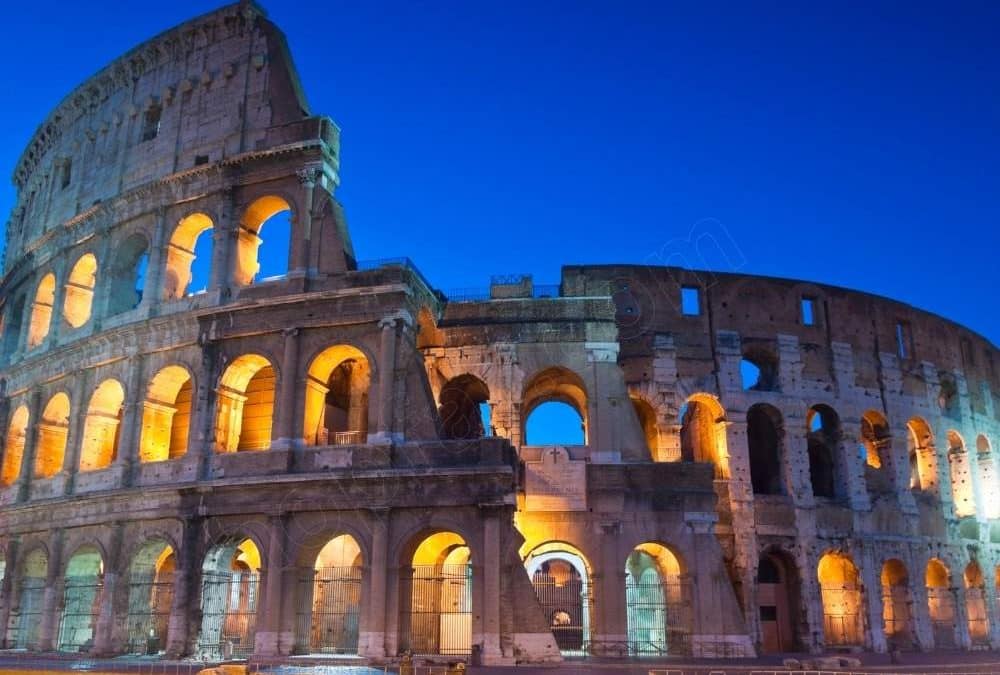
by pankaj | May 10, 2024 | Blog, City/State Tour, India, Latest Post, Tips, Travel Tips
Over thousands of years, humanity has been intrigued with the idea of the “Seven Wonders of the World”. These astounding masterpieces stand for peak human achievement and the astonishing beauty of nature. Let us explore history and discover the top seven wonders of the past and today, trying to reveal the nature of these mysteries.
- The Great Wall of China
A masterpiece of architecture, 13,000 miles long and running along the rugged Chinese terrain, the Great Wall has become the only surviving of the antiquity’s seven wonders. The roots of this style can be traced to the 7th century BC and it has progressed through numerous dynasties and eras. Mostly, constructed as a defense against invasions, particularly from the nomadic tribes coming from the north, the Wall shows the overall strength, wisdom and engineering ingenuity of the ancient Chinese. The wall is built using different materials, such as brick, stone, tamped earth, and wood. It uses strategically located watchtowers, battlements, and beacon towers along the whole fortification span. Walking along its ramparts, one can join the families of the soldiers throughout the generations tracing the steps that finally lead to understanding the pinnacle of China’s history as a sign of its strength.
- The Colosseum, Rome
The colossal Colosseum, an iconic symbol of the power and the culture of the Roman Empire, is a marvel of engineering and entertainment. This monument, constructed in the 1st Century AD by the Flavian Dynasty, was largely used for gladiator fights, animal hunts and public executions, as a form of amusement and political promotion. The Colosseum which could accommodate up to 80,000 people was an incredible architectural feat of its time with lots of complicated features like the hypogeum, elevators, and trapdoors to make the grand performances a success. Nowadays, its well-worn facade provides a glimpse into the bloodthirsty and magnetic reality of ancient Roman banquets, while the restoration works to preserve the place for future generations.
- Petra, Jordan
Carved from skillful artisanship and urban planning, Petra, the Rose-Red city, represents a unique masterpiece in Jordan. Established around 300 BC by the Nabataeans, it grew to be a very lively trade center, lying on the caravan routes connecting Arabia, Egypt, and the Mediterranean Sea. The city’s most well-known colorful building, Al-Khazneh, was used as a tomb and ceremonial temple. Its architecture and artistry demonstrate the Nabataeans’ high level of expertise. The Siq or a narrow corridor leading to the city reveals the Treasury to all visitors with its extraordinary architectural techniques, remarkable carving and the smart water distribution system that supports the city in the hot and dry setting.
- Chichen Itza, Mexico
Sprawled across the fertile Yucatan Peninsula of Mexico, Chichen Itza was a thriving Mayan city between the 6th and 13th centuries AD. Its major highlight, El Castillo, is the Temple of Kukulcan which is a magnificent step pyramid with astronomical significance and perfect symmetry. During the spring and autumn equinoxes, the setting sun creates the southward shadow of a serpent descending from the sky representing the Mayans’ superior knowledge of the celestial appearances. The Ball Court, having its distinctive acoustics and incredible sculptures of ritualistic games and sacred ceremonies, allows a view of the Mayan civilization’s rich cultural heritage and religious customs.
- Machu Picchu, Peru
Hidden behind the Andean mist, Machu Picchu is the symbol of not only the Incas’ architectural skills but also of their deep reverence for nature. Constructed on a mountain ridge in the 15th century AD overlooking the Urubamba River valley, the intricate stone masonry together with its mysterious setting generates a feeling of admiration and awe. Although Machu Picchu served as a royal palace and religious center, agricultural terraces, temples, and residential areas express the expertise of the Inca in engineering, agriculture, and urban planning. The Machu Picchu was discovered in 1911 by Hiram Bingham, and until now it keeps amazing archaeologists and historians, as well as inviting visitors to see the lost world of the Incas and their complex civilization.
- Christ the Redeemer, Brazil
The Christ the Redeemer stands atop Corcovado mountain in Rio de Janeiro with its arms spread out as a symbol of peace and hope. Its Art Deco architecture from 1931 flawlessly fits in with the surrounding area, offering spectacular views of the dynamic city as well as the ocean of Guanabara Bay. The statue having a height of 98 feet coming with a 26-foot pedestal is a symbol of Brazil and Christianity that has been attracting millions of visitors every year. A pilgrimage to this famous statue is a truly unforgettable experience, especially if you are a seeker of peace, inspiration and a stunning view of Rio’s picturesque skyline and lush nature.
- Taj Mahal, India
The Taj Mahal of Agra, India, is more than a mere monument as it is love embodied in white marble. The Taj Mahal was commissioned by the Mughal emperor Shah Jahan in memory of his wife, Mumtaz Mahal, and it displays the best of the Mughal-era Islamic architecture, with its elegance, symmetry, and lavish ornamentation. This construction took 20 years and included artisans from the entire empire and beyond, the Taj Mahal has a symmetrical plan, decorative marble inlay work, and a clean reflecting pool, which creates an enticing enchantment of light and shadow. Decorated with semi-precious stones and Quranic calligraphy, it is an immortal monument of love that continues to fascinate millions of people from all over the world.
The seven wonders, located in different parts of the globe, are the symbols of human imagination, firmness, and the never-ending search for wisdom and beauty. Each wonder gives us a peek into history, making us feel amazed and inspired, and helping us understand how much humans have accomplished over time.

by pankaj | May 10, 2024 | Blog, Friends Trip, India, Island, Latest Post, Travel Tips, Vacations & Leisure
Earth is wrapped with landscapes, cultures, and experiences that vary tremendously. Those who yearn for leaving everything behind and be in nature without any connection to people. in the most unusual places. Such isolated places attract these adventurous minds with an invisible force. Here, we reveal 8 incredibly remote and beautiful places on Earth, each offering something special for different tastes.
- Tristan da Cunha, South Atlantic Ocean
The island is appropriately nicknamed the “most remote inhabited island” and houses about 200 souls. This volcanic island chain is endowed with amazing scenery, rich wildlife (penguins and more), and allows one to return to a small community. Suppose you start your day welcomed by the noise of the breaking waves, then you hike volcanoes covered with birds and the night sky is lit up just by the stars without being washed out by artificial light pollution.
- Easter Island, Chile
Easter Island’s enigmatic Moai statues remains mysterious and exude an air of enigma. The limited tourist infrastructure on the island simply helps you to think about the statues and the island’s crude beauty in total silence. The chance to walk around the volcanic Rano Raraku crater with the hundreds of Moai at different stages of creation, contemplates the meaning and story behind these ancient artifacts.
- Kerguelen Islands, Southern Indian Ocean
The Kerguelen Islands are also called the “Desolation Islands” that are a subantarctic archipelago known for its isolation and stunning, otherworldly appearance. Here we have massive glaciers moving towards the sea, deeply rooted volcanoes reaching up to the sky, and big bird colonies that turn the black sand beaches white. This is the place for passionate wilderness seekers who are looking for a chance to experience a pristine land that is free of any human interference.
- The Empty Quarter, Rub’ al Khali, Saudi Arabia
The Empty Quarter, also known as the Rub’ al Khali, is one of the largest deserts in the world, occupying most of the Arabian Peninsula. Here, silence is the sovereign, one has the opportunity of meeting the startling beauty of this dread silence of the boundless wheel of sand. In the olden days, camel drivers plied their trade on these unforgiving sands, and you can join the caravans on a similar journey as you travel through the landscape shaped by wind and time.
- Oymyakon, Russia
Within the depths of the Siberian wilderness, there is a small village-Oymyakon, which has become notorious for being one of the chilliest inhabited places on Earth. Here temperatures are often under -60°C (-76°F). Despite severe conditions, a small community thrives there. A way of life that is unique and is closely adjusted to overcome the Siberian winter – the severity of which is a testament to the human adaptability.
- Ittoqqortoormiit, Greenland
On the east coast of Greenland, the settlement of Ittoqqortoormiit is small but is surrounded by a beautiful environment. Here, whooping mountains stand mesmerizing in front of the glaciers touching the icy fjords proclaiming a spectacular scenery. Experience live Inuit culture and discover that for them dog sledding is an everyday thing and lose yourself in the outstanding natural beauty of North Pole.
- The Changtang, Tibet
Usually called “the roof of the world”, Changtang is the highest plateau that is located in Tibet. The small population of this region lives off nomadic herding and is the habitat to wildlife specifically adapted to the harsh conditions here. See the yak herding tradition of centuries be at work and contemplate at the never-ending sight of snow-peaked mountains hovering over the horizon.
- Longyearbyen, Svalbard, Norway
Situated at the northernmost point of permanent settlement on the whole planet, Longyearbyen features a juxtaposition of remoteness and modern conveniences. Have a chance to travel about the stunning Arctic tundra on snowmobiles or dog sleds, experience the majestic Northern Lights bring colors all over the sky, and explore the unusual difficulties and ways of life in this extreme environment.
This is just a peek into the never-ending variety of the remote corners of the world. Keep in mind that the further off the beaten track you travel, the more likely that advanced planning and logistical thinking are needed. Make sure to research about the transportation, about legal permits, and that you bring enough supplies and equipment before heading out, these will help to make your trip safe and enjoyable.
But, having the adventurous travelers in mind who are looking for escaping and who want to experience something extraordinary, the rewards of venturing off the beaten track are boundless. It is impossible to imagine just looking up at the sky glittered with stars without any trace of light pollution, and it gives breathtaking feeling to watch wildlife in their natural habitat. Off-the-beaten-path spots help us disconnect from urban madness, understand different ways and create indelible memories.
The mystique of being by oneself is not just confined to the tourist hot spots. The earth still houses some wild spaces just waiting for us to explore them. Picture yourself walking through uncharted rainforests full of unseen plants and animals or following the traces of ancient caravan across a barren landscapes. The processes required for such missions involve a lot of planning, expertise and an intrepid taste, but the returns can be immeasurable.
It has to be acknowledged that the same features that bring seclusion at the same time bring instability to these places. Untouched ecosystems and indigenous cultures are usually the most affected by the increasing threats. Sustainable tourism practices and giving priority to local communities are of importance in such an isolated place just to ensure that it will be explored a generation later. As such, approach them with gentleness, immerse yourself in the local culture, and just leave your footmark when you stumble upon these unique places in the world.
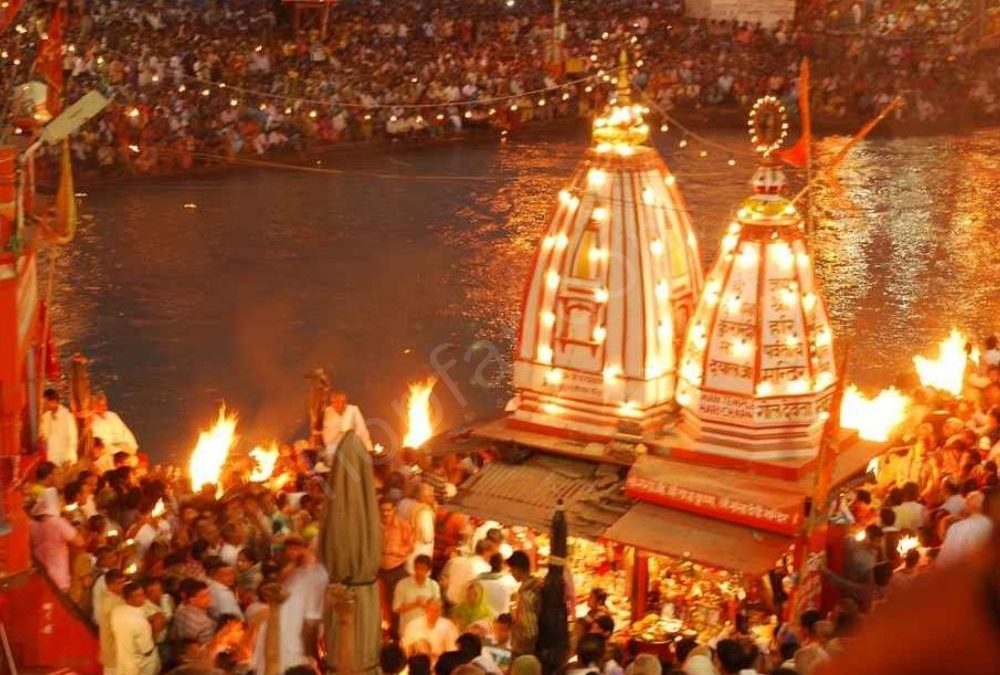
by pankaj | May 10, 2024 | India, Latest Post
India is glistening with a mystical mystique across the world map. It’s the place where colors cheerfully come to life on busy streets, history speaks from broken monuments, and different colors create the song of a living pattern. However, deep down, this profound source is a hidden vibration that has managed to attract pilgrims and devotees for centuries—the highest sacred site as a country. This article precisely explores the very bottom line of what continues to render India one of the spiritual melting pots in the world.
The Cradle of Ancient Religions
Hinduism, one of the oldest religions in the world, grows in India. Its main principles highlight the holiness of nature and the presence of divinity in everything. Not only the majestic Himalayas, revered as the residence of Shiva, but also the life-giving river Ganges, believed to be the forgiver of sins, these features have strong spiritual meaning. This conservation mentality is a common denominator of the many homes of God, which are dotted across the country and serve as focal points for spiritual development. Architectural excellences like the beautifully carved temples of Tamil Nadu and the jaw-droppingly attractive Taj Mahal, which looks like the celestial marble wonder, show the deep bond between faith and art in India.
A Tapestry of Faiths
India is not just the abode of Hinduism. Buddhism, Jainism, Sikhism, Christianity, Islam, and Judaism all had their origin here. The intersection of religions helps to create a specific climate of tolerance and respect for different spiritual directions. One may see Buddhist monasteries snuggled in the quiet hills of the Himalayas, towering Sikh gurdwaras welcoming one and all, and mosques that echo with the call of prayers. The multi-dimensional nature of the belief systems makes this a place for everyone inclined towards enlightenment, irrespective of their ethnic background. The peaceful symbiosis of these customs symbolizes the spiritual unity that surpasses the religious barriers.
The Significance of Pilgrimage
The idea of pilgrimage, a sacred journey to a holy place, is highly regarded in the Indian religions. Whether it is the Char Dham yatra, a challenging yet spiritually rewarding trek to four holy Himalayan shrines, or the Kumbh Mela, the world’s largest religious gathering where millions bathe in the holy rivers seeking absolution, this pilgrimage gives the way for spiritual purification and the possibility to connect with the divine. The journey itself, underlining physical hardships the pilgrims traveled to reach these places, creates an image of sacred. The profound reverence and unity that seep through these routes imbue them with a distinct spiritual energy.
The Power of Ritual and Practice
Beginning with aartis (daily worship with lamps) that light up temples at daybreak and twilight, to the meditative chants and yoga practices that reverberate in ashrams, India is a country where spiritual rituals are embedded in the daily routine. These rituals are practiced either on the sacred sites or within the home and bring about the feeling of being close to God and infuse the mundane with the essence of spirituality. The chimes of church bells in temples, the soft aroma of incense permeating the atmosphere, and the unified ways in which people chant mantras all create a sensory experience that helps elevate the trivial and cultivate an atmosphere of inner peace.
Enduring Attraction
The sacredness of India is not only in the physical realm of temples and rivers. It is a territory that praises the ancient wisdom traditions such as Ayurveda and Yoga. Adopting a holistic approach to well-being, the body, mental processes and the soul is being interwoven. Here spirituality does not only concern about rituals or doctrines but it is a way of life which proclaims the attainment of self realization, inner freedom and harmony with the universe. Spirituality of India is a true reflection of the country through the warmth and friendliness of its people, their respect for elders and teachers (gurus) and the manner in which they lives a meaningful life with a sense of duty.
A Land Steeped in Spiritual Literature
The luminous story of India’s spiritual legacy is interwoven with its great and complex scriptures. From the Vedas, which are the foundation of Hinduism to the Ramayana and Mahabharata, which are the epics, these texts delve into philosophical questions, moral problems, and the nature of the reality. These books are considered the holy writings but they are also perceived as ways for a person to live his or her life in a meaningful and ethical way. For some, in-depth study of these scriptures and spiritual teacher’s interpretations of these scriptures remain a lifetime pursuit that leads them to higher perceptions of the sacred and universe.
The Living Gurus and Spiritual Masters
India has been following the tradition of Gurus, spiritual guides whose role is to help seekers explore their own paths. These highly respected people, generally living in ashrams or monasteries, tend to provide spiritual guidance, meditation techniques and yogic practices. Their stay creates another dimension of the sacredness in certain places that pilgrims from far and wide long to come for light under their guidance. This awe for the mentors and their dedication towards the realization of divinity establish India as the legendary land of the soul and its ultimate purpose.
These diverse attributes that include the living gurus, the ancient traditions, the presence of a rich tapestry of religions and creeds, the need for pilgrimage, rituals and practices, the enduring mystical appeal and the presence of living gurus and spiritual masters all combine to give India the enduring position of the land of sacred spaces. It is a place where the seekers are welcome to begin a transformative experience that goes far beyond the cultural and religious differences, while pursuing enlightenment, inner peace, and divine connection. Whether you are a seasoned expert in the field of spirituality or a person who is just curious about the spiritual path, India invites you with its ancient wisdom and the possibility of the sacred encounter.

by pankaj | Mar 28, 2024 | Blog, City/State Tour, Gems, India
India, a country of culture and ancient customs, possesses lots of tourist sights. However, apart from the Taj Mahal and the bustling cityscape, there are more places, such as the historical ruins, the breathtaking nature and the local encounters. Here’s a deeper dive into 11 such underrated wonders:
- Ziro Valley, Arunachal Pradesh

Located within the Eastern Himalayas range, Ziro Valley is a land of spring meadows and tribal settlements. Earlier it was a British administrative center but now it is renowned for its relaxed lifestyle, walks through pine forests and Ziro Festival that is an occasion to celebrate local music and also witness indie musicians against the stunning backdrop of mountains.
- Khajjiar, Himachal Pradesh
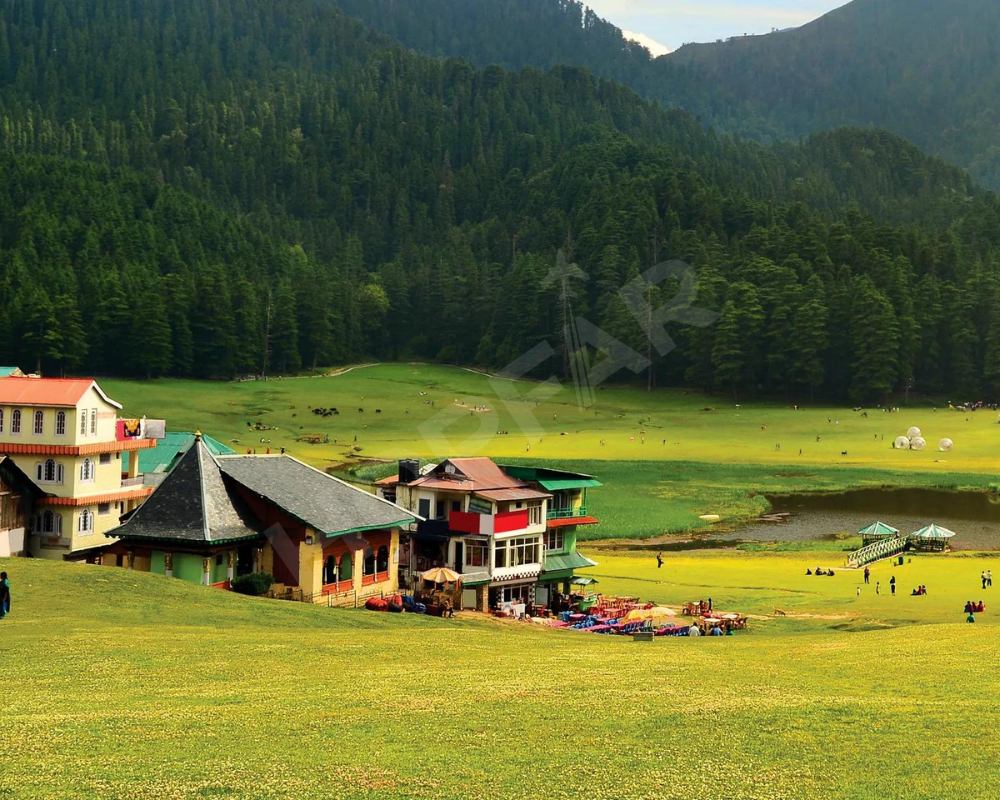
Nicknamed ‘Mini Switzerland,’ Khajjiar is a quiet hill station. This lake, which is located in the foothills of the Dhauladhar range, makes for a popular boating spot as well as a great place to laze away the day in a meadow sprinkled with wildflowers and perhaps even spot some elusive wildlife like musk deer. History enthusiasts can wander shrines dated back to the 12th century, these ruins reverent tone expressing stories of the past.
- Majuli, Assam
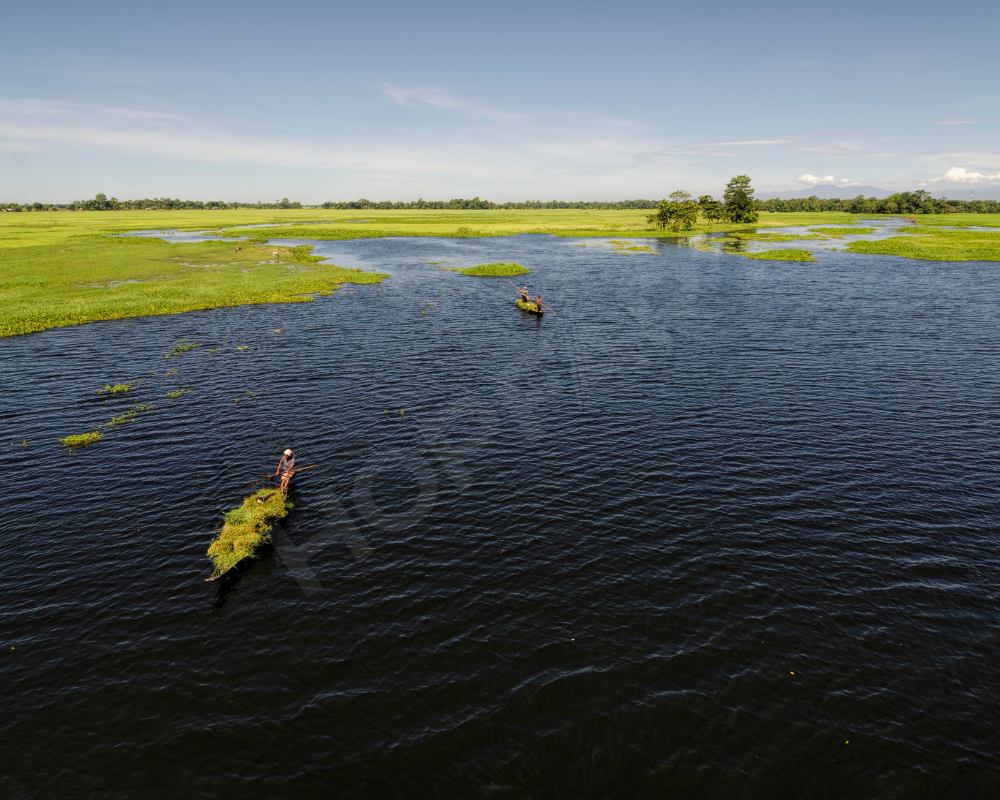
Majuli, the largest river island in the world, rests on the majestic Brahmaputra River. This is a land piece which is known for its diverse culture of Assamese and is a paradise for nature lovers and birdwatchers alike. Go over the monasteries of Satras, the centers of Vaishnavism of Assamese and discover in yourself the experience of the warmth of the Mishing tribe, skilled in mask making. Experience the island’s traditional weaving practices, where skillfully crafted threads become wondrous works of art.
- Dholavira, Gujarat

Back in time at Dholavira, the largest Harappan city of the Indus Valley Civilization (3rd-millennium BCE) lived. Discover the remnants of its beautifully designed city framework, step-wells – an example of ancient engineering, and a large fort, which will make you marvel at the abilities in town planning and architecture of this civilization.
- Haflong, Assam
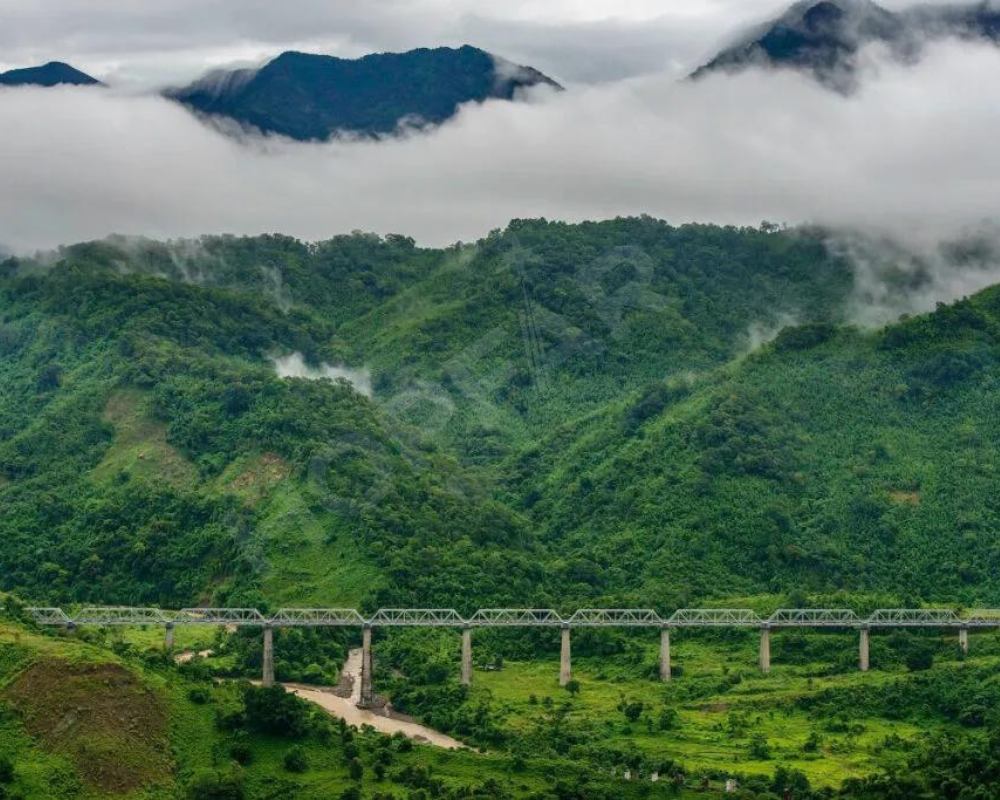
Surrounded by dense vegetation, Haflong is the only hill station in Assam. This town which is well known for its picturesque beauty and Dimasa tribal culture provides a chance to witness the magnificence of the Lanka Falls, trek through the dense forests, and delve into the history of the Dimasa tribe, which is unique to this region, with its own language, festivals like the Rongker and food.
- Lambasingi, Andhra Pradesh
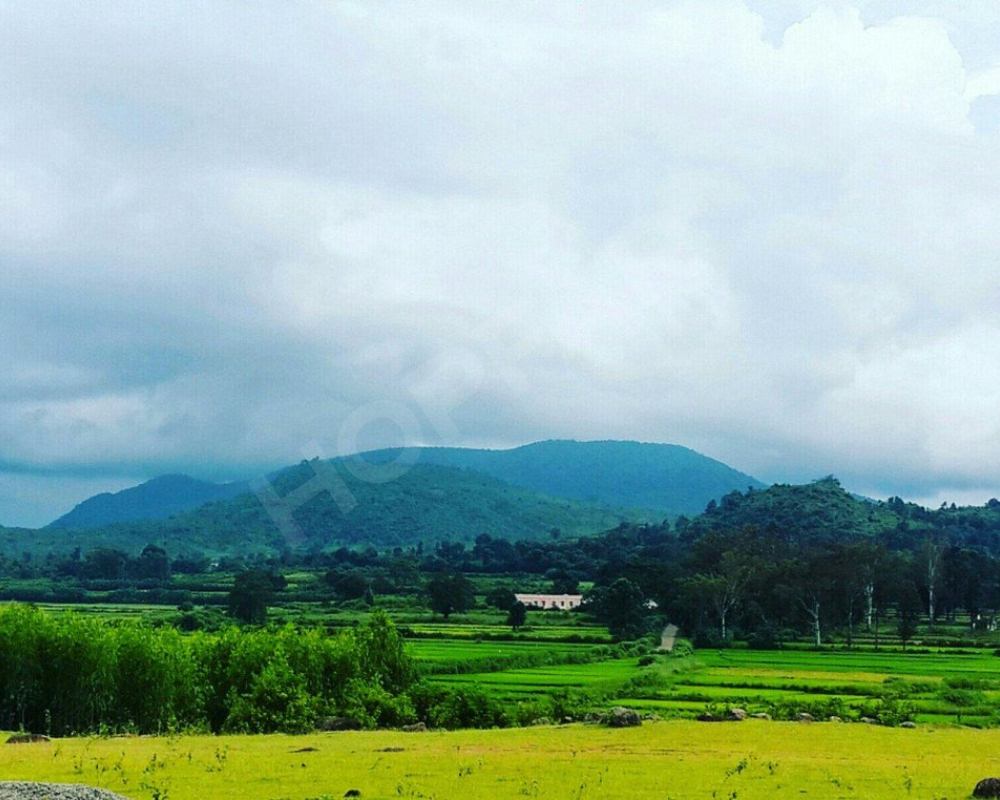
Labeled as ‘the Grand Canyon of India’ by tourists, Lambasingi is an amazing gorge with flat-layered rock formations in yellow, red and white whose colors were shaped by the elements over millions of years. Gorge hike, a trekker’s paradise, where you have the chance to explore some nearby caves that might hold the secrets from the ancient past. See the natural scenery of Belum Caves which are the second-highest natural caves in India and discover the stalactites and stalagmites in its chambers.
- Chaukori, Uttarakhand
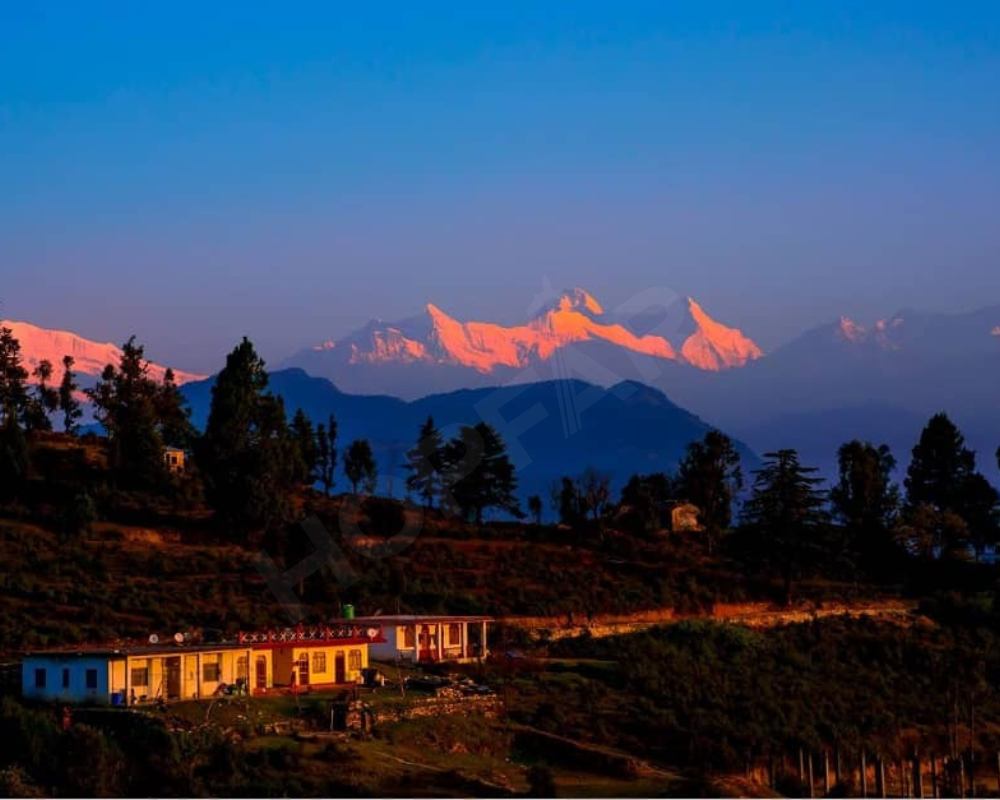
Get away from the bustling crowd and experience the breathtaking views of the Himalayas at Chaukori. This hill station, secluded in tranquility, provides an unforgettable experience of waking up to the rising sun behind peaks such as Nanda Devi and Trishul and painting the sky with a palette of colors. Sweep through the rhododendron forest in spring bloom, visit the historic Maa Nanda Kot temple, one of the legends linking it to the Pandavas of the Mahabharata, and experience the tranquility of the mountains that will uplift your soul.
- Chettinad, Tamil Nadu
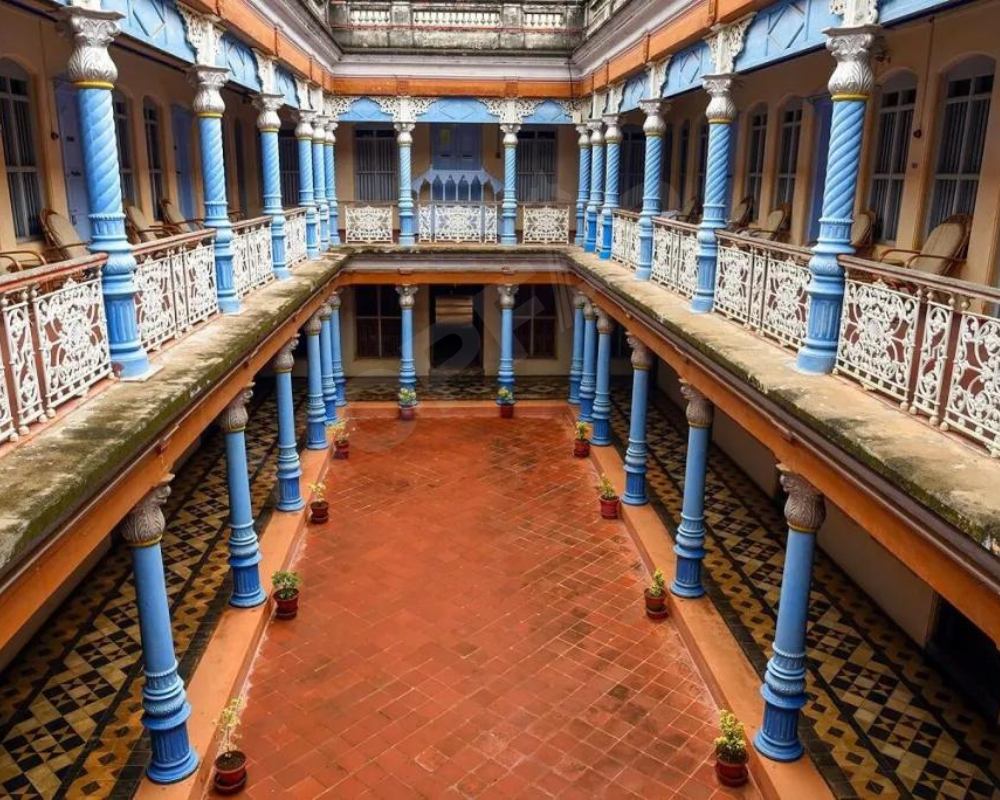
Explore Chettinad, which is termed as the land of beautiful palaces and mansions belonging to the Nattukottais, a wealthy group of merchants from the area. Discover the elaborately carved architecture from the Hindu, Mughal and European blend and get an impression of how these capable merchants lived. Enjoy Chettinad cuisine with its characteristic pungent tastes and scents, and a chance to immerse oneself into the culture of the past when life seems to have come to a standstill.
- Hampi, Karnataka
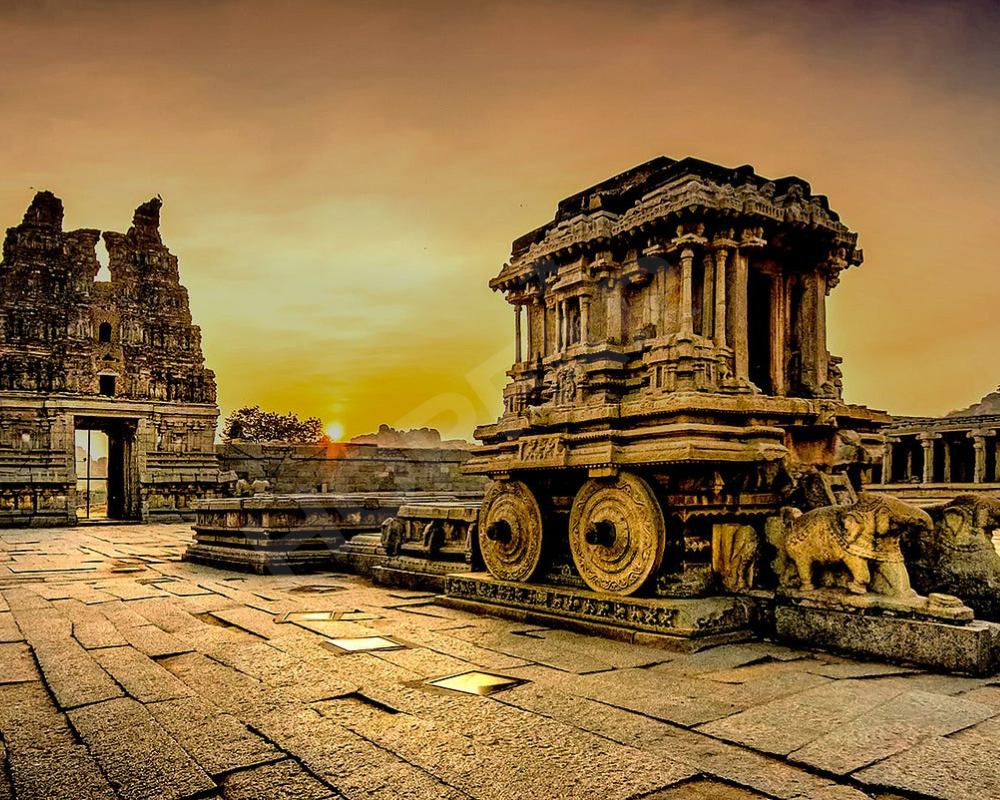
Experience the glory of the Vijayanagara Empire at Hampi, a UNESCO World Heritage Site. Visit the once magnificent temple complexes – Virupaksha – the carvings of which depict mythological scenes, palaces where kings and queens resided, and step-wells which bear testimony to the empire’s advanced water management system. Hampi is a heaven for bouldering, rock climbing and camping by the river with stars as the roof.
- Konkan Coast, Maharashtra
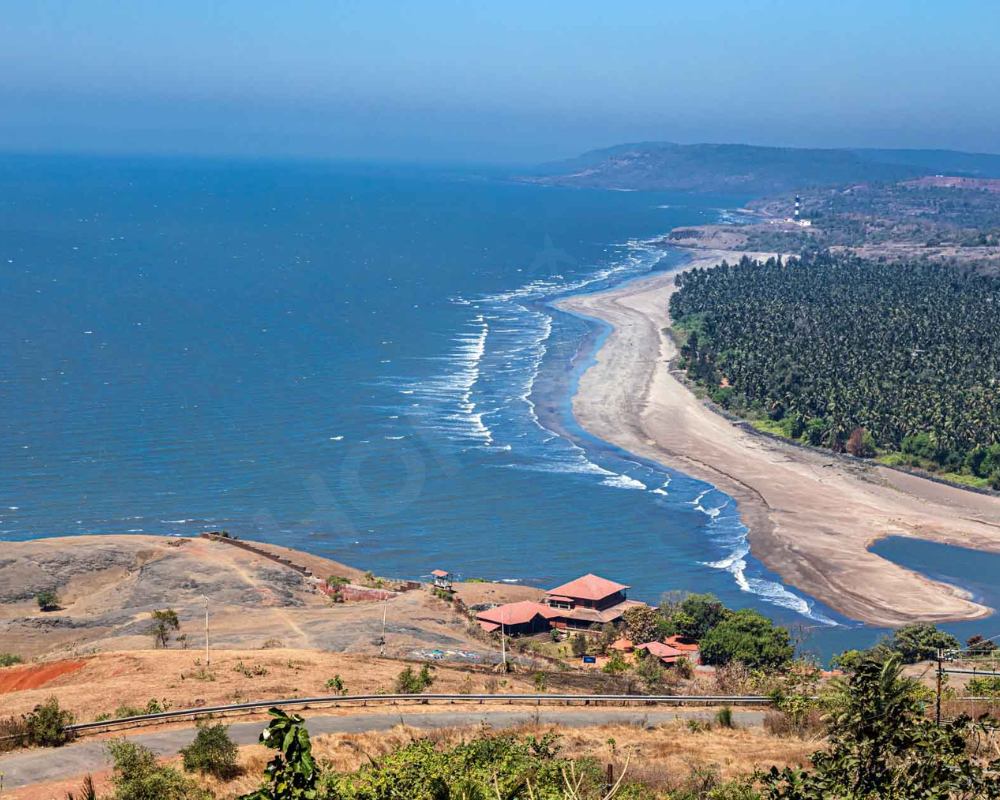
Relax on the quiet beaches of the Konkan Coast, the wonderful collection of natural beauty and historical stay. Discover the forts on the coastline such as the imposing Murud Janjira Sea Fort; explore the rich underwater marine life with snorkeling or diving; and enjoy the mouthwatering Konkani food with its unique seafood tastes and coconut flavors. While Goa has the reputation of being the more popular neighbor, the Konkan Coast gives you the chance to unplug and slow down a bit, with a touch of history added to the scenery.
- Munnar, Kerala
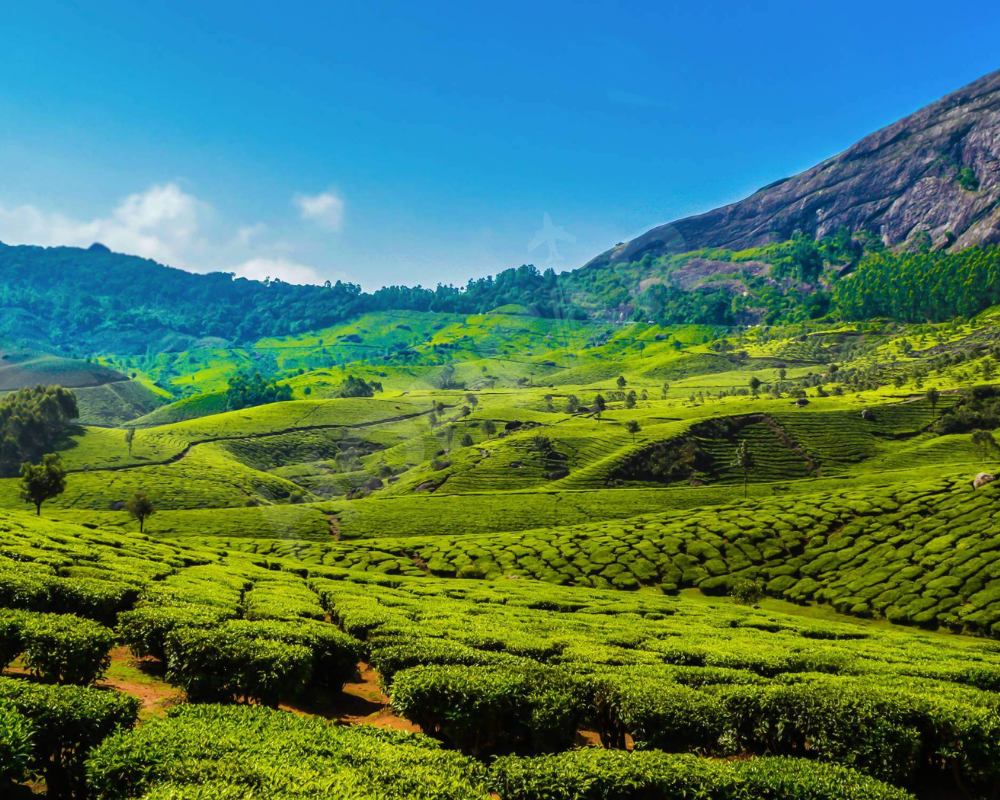
Munnar has beautiful scenery as a hill station. Carpeting globe green tea plantations which seem to go as far as the eye can see characterize a landscape. Visit sprawling tea gardens, follow the process of tea-making and ultimately enjoy a cup of freshly brewed tea. A walk through the Shola grasslands, a wonderfully diverse ecosystem that is home to many plant and animal species, or pay a visit to Echo Point, a scenic outlook that has its name because of the echoing sounds from the waterfall is recommended.
Therefore, skip the ordinary tourist trail and take an exploration trip to these undiscovered jewels. Get involved in the intricate weave of Indian traditions, history, and scenic beauty and uncover another side of India that will amaze you.

















